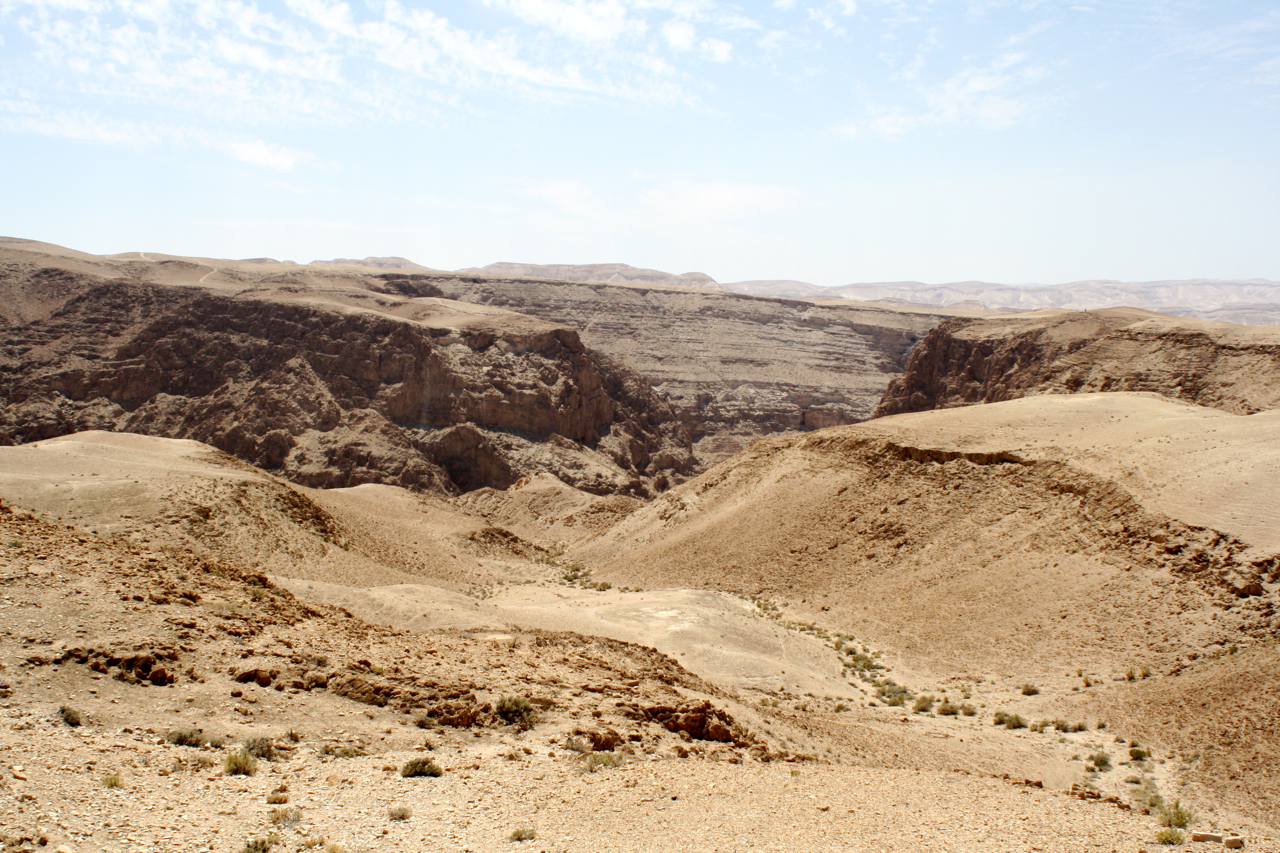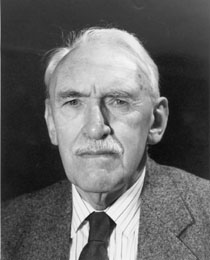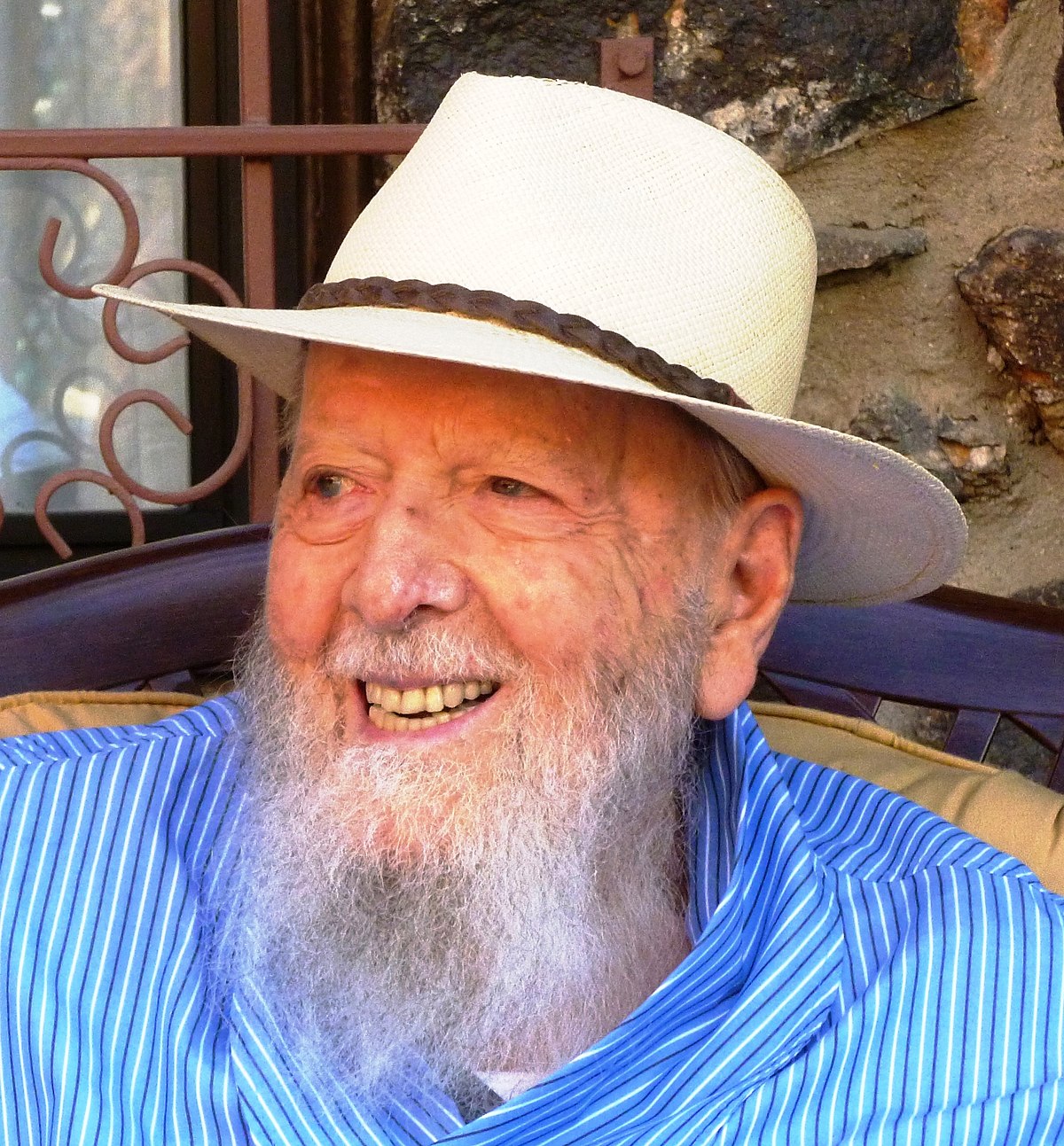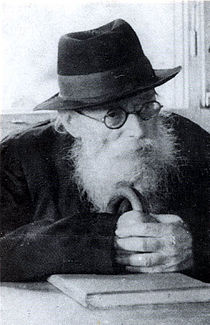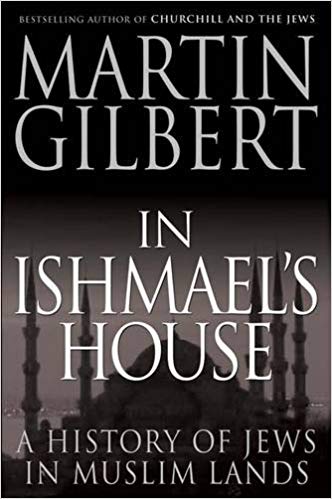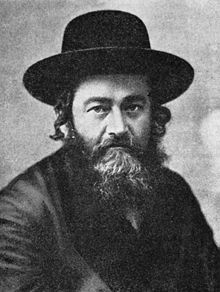
The daf hayomi learning cycle of studying one page of the Babylonian Talmud every day was inaugurated at the instigation of Rabbi Meir Shapiro in 1923 (Rosh Hashana, 5684.) This program of daily Talmud study has tens of thousands, if not hundreds of thousands of participants, and has grown in popularity and strength over the past decades. It is a tribute to the greatness and genius of Rabbi Meir Shapiro. His idea of daily universal Jewish study of the Talmud has stood the test of time. But, it should not be that surprising to us, since Rabbi Meir Shapiro was an unusually gifted and prescient personality.
Rabbi Meir Shapiro was born in Shotz, Poland, on 7 Adar, 5647 (1887). He was descended from noted Chasidic luminaries (Rabbi Pinchas of Koritz was his great-great-grandfather) and his grandfather was the rabbi of Monastritz, Poland. Because of his unusual gifts of memory and understanding, the child Meir was already known for his genius. He was also a student of tremendous diligence. He had great intellectual curiosity, teaching himself astronomy and mathematics and soon developed into a great Torah scholar of note at a very young age. He studied with his grandfather in Monastritz for a number of years, When his grandfather died in 1903, he returned home to Shotz where his parents lived. There, in addition to his Talmudic studies he studied kabalah with the rabbi of the town, Rabbi Shalom Moscowitz (later a noted Chasidic rebbe in London, England). In spite of his young age, he achieved expertise in this area of Jewish knowledge as well. His charismatic personality also began to develop and he came to the notice of many of the great rabbis of Poland, such as Rabbi Yitzchak Shmelkes of Lemberg (Lvov) and Rabbi Shalom Schwadron of Berzhan. He was ordained as a rabbi at the age of eighteen by these two luminaries and he was extolled as well by the great Chasidic leader, Rabbi Yisrael of Vishnitz, and by Rabbi Aryeh Leib Horwitz of Stanislav and Rabbi Meir Arik. Thus, at a very young age his reputation for Torah greatness was already firmly established.
When he was nineteen, he married and moved to Tarnopol, one of the main Jewish centers in Galicia. His wife’s family was among the leaders of the Jewish community and Rabbi Meir soon became an educational force in the community. Rabbi Meir at that time also became a chassid of Rabbi Yisrael of Tchortokov. He remained a Tchortkover chassid all of his life. In Tarnopol, Rabbi Meir wrote a Torah commentary in a pilpulistic style, called Imrei Daas. Even though the book was a work of innovation and genius, it never gained distribution due to the fact that almost all of the printed copies, together with Rabbi Meir’s great private library, were destroyed in the First World War by Russian shellfire. The only remaining two copies were buried with Rabbi Meir Shapiro in his grave.
When Rabbi Meir was twenty-three years old he was appointed as the rabbi of Galina, a town near Lemberg. In Galina, with the encouragement and approval of the Tchortkover Rebbe, Rabbi Meir founded a school called “Bnei Torah” which included vocational training in its curriculum. He also created a yeshiva from which many Torah scholars were produced. His phenomenal fund-raising abilities began there in Galina where he established proper quarters for his educational projects and paid proper salaries to those who taught therein. There he also became interested in wider political activity and began to be active in the programs of Agudat Yisrael in Poland. .
During World War I, Galina, part of the Austro-Hungarian empire, was damaged severely by the invading Russian forces. The Jewish community fled to Tarnopol and Lemberg and Rabbi Meir Shapiro did likewise. He never returned to Galina. After the war, Rabbi Meir became the rabbi of Sunik (Sanuk) and there he rebuilt his yeshiva “Bnei Torah” and helped restore the religious services of that community, which was also severely damaged by the wars that engulfed Poland from 1914 to 1921. In 1922, the rabbis and Chasidic leaders of Poland and Galicia gathered in Warsaw to discuss how to deal with the chaos in Jewish life caused by the ravages of the wars, and of the Bolshevik revolution and its aftermath.
Rabbi Meir Shapiro delivered an electrifying and challenging speech demanding that the rabbis now became activists in their communities and no longer merely passive scholars. His words had a dramatic effect on the gathering and propelled him into a leading role in Jewish public life in Poland. He was recommended by the rebbe of Gur to become the head of Agudat Yisrael in Poland and in 1923 he assumed that role. He was elected as a member of the Polish parliament and distinguished himself there with his political and diplomatic abilities. There were many open anti-Semitic members of parliament and he confronted them head on. When one of them remarked that there was a sign in a public park in Silesia that prohibited Jews and dogs from entering, Rabbi Shapiro retorted: “Well, I guess now that neither of us will enter that park.”
At the international convention of Agudat Yisrael in Vienna in August 1923, Rabbi Meir Shapiro proposed the idea of the daf hayomi – the study of one page of the Talmud daily and in unison by Jews throughout the world. His proposal was enthusiastically accepted at that convention. It is no exaggeration to say that this idea and learning program of the daf hayomi is his lasting legacy to the Jewish people. Rabbi Meir Shapiro had no children. His great yeshiva, Yeshivat Chachmei Lublin, was desecrated and destroyed in the Holocaust and never regained prominence again after the war. However, the daf hayomi project continues to grow in popularity and acceptance. It is through the learning of the daf hayomi by tens of thousands of Jews daily that Rabbi Meir Shapiro gains immortality and eternity amongst the great leaders of Judaism.
Though the daf hayomi is still officially a project of Agudat Yisrael, it has crossed all political borders in the Jewish world and can truly be seen as a national project of Torah learning for all Jews no matter what their political affiliation may be. The ccycle of studying daf hayomi is by itself a testament to the greatness and creativity of its progenitor, Rabbi Meir Shapiro. The righteous, even after their death, are still deemed to be alive.
In 1924, Rabbi Shapiro became the rabbi of Pietrikov, a position of great prestige. He published one book of rabbinic responsa “Ohr Hameir ” but most of his brilliant writings never saw the light of publication. He threw himself into the establishment of a great yeshiva, which he envisioned would produce the religious leadership of Poland. He wanted to raise the prestige of the Torah student and the community rabbi in the eyes of the masses of Polish Jewry. This prestige had been sorely diminished by the ravages of the Haskala (the “enlightened ones”), Socialism and Communism, as well by secular Zionism. He envisioned creating a magnificent institution, both physically imposing and spiritually inspiring, that would help stem the tide of assimilation and loss of Torah observance that was then affecting Polish Jewry. He traveled to America to raise funds for this great project.
His influence and impression on American Jewry was profound and inspiring and his visits were financially successful. A wealthy Jew in Lublin gave him a magnificent plot of land in that famous ancient city upon which to build the yeshiva building. He called his yeshiva “Yeshivat Chachmei Lublin” and after protracted delays and financial difficulties, the great and imposing building, containing among other treasures, a full-scale model of the Second Temple and a library of over thirty thousand volumes, was dedicated and opened in May, 1930. Over one hundred thousand Jews took part in the celebration of its opening. The students in the yeshiva were of the highest caliber, many of them were of genius quality and the yeshiva produced many great leaders in Israel until its tragic end at the hands of the Germans and Poles in World War II.
Rabbi Meir left Pietrikov and became the rabbi of Lublin, the home of his great yeshiva. However, the strain of maintaining the yeshiva financially took its toll on Rabbi Meir. He therefore consented to leave his beloved Lublin to become the rabbi in Lodz on the condition that the community in Lodz would assume much of the financial burden of supporting the yeshiva in Lublin. However, he never made it to Lodz. He had planned to spend Pesach of 1934 in the Land of Israel. Yet, in September 1933 he had a premonition of impending sickness and arranged for a life insurance policy on himself for $30,000 with the yeshiva as its beneficiary.
In October 1933 he fell ill with a viral type of pneumonia and on 7 Cheshvan, 5694 he died at the age of only forty-six. He was buried in Lublin but his remains were reburied twenty-five years later in Jerusalem on 26 Elul, 5718 at Har Hamenuchot. His passing would, in our perfect hindsight, mark the dreadful harbinger of the demise of Polish Jewry itself a few short years after. The Jewish world has not since seen his equal in the combination of Torah scholarship and greatness, Chasidic warmth, political astuteness, fund-raising talents and creative programming and initiative. The Jewish world was orphaned by his demise. His daf hayomi project lives on as a comfort to us.

